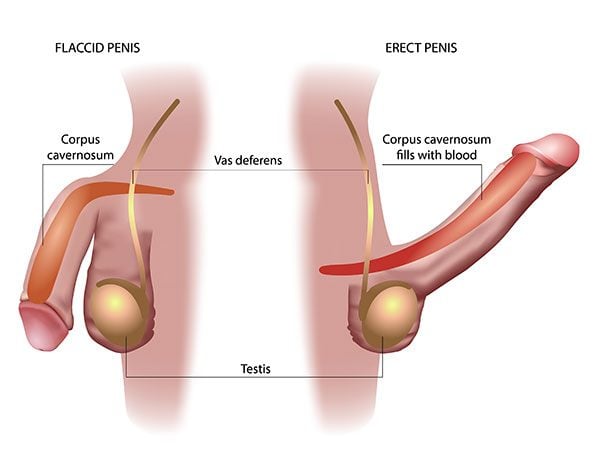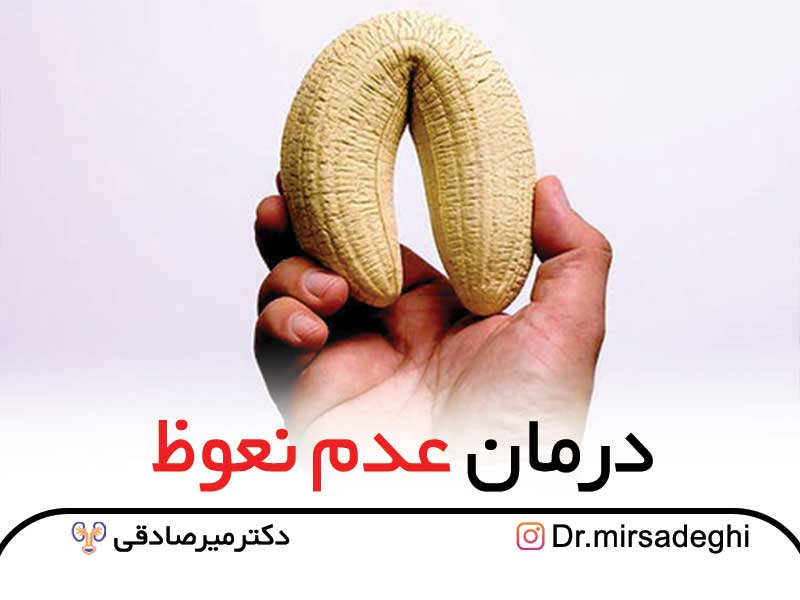The Anatomy of an Erection

آنچه در این مقاله مطالعه می کنید:
Male genital organs

Male genital organs (and anatomy of Erection) comprise of various structure and parts. The penis, which is in a round and hollow and non-bone and cartilaginous, is accessible for urinary outlet (the finish of the urinary tract). The essential piece of the cylinder or the base of the penis is in the body, and interfaces the urethra to the prostate. The prostate is a firm organ as a rearranged pyramid which has a piece of the immunoendocrine tissue and some muscles. The prostate is connected to the urethra from one side to the bladder (for pee) and the other side the semen (for emptying the semen).
In less complex, the prostate appends to the urethra. The urethra itself began from the testicles, within the penile conduit, which finishes in the head gap of the penis. The prostate organ is tense during discharge, and the smooth substance adds soluble base to the semen. The state of fundamental gels because of a similar substance. Prostate secretions are approximately 30% of semen volume. The testicles are put under the penis and the primary task of this organ can be the creation of sperm and different liquids joined with sperm, which can be taken as semen. During the sex this semen drains and exits the penis.

What is an erection?
An erection is a hardening of the penis that occurs when sponge-like tissue inside the penis fills up with blood. Usually, an erection causes the penis to enlarge and stand away from the body.
A man accomplishes an erect penis from incitement, for example, contacting or scouring the penis, or seeing or pondering something explicitly invigorating and exciting. At the point when incitement happens, the mind dominates and works with the nerve endings in the penis. The mind and nerves send messages to the penis to unwind, bringing about expanded blood stream to the veins and supply routes in the penis.

The blood fills the penis, prompting pressure that is contained and upheld by the tunica albuginea. Blood entering the penis is basically secured by the supporting tissues and films, which permits the strain to be kept up, making and holding an erection. The balls additionally discharge the hormone testosterone, which assume a job in deciding when an erection occurs and how firm it is.
How Does an Erection Occur?
The penis contains the urinary tract and the male genitalia. The penis tissue comprises of two wipe chambers in the upper piece of the penis (which is green in the figure below) and the urinary tract in the lower some portion of the penis (which is yellow in the figure beneath). Underneath the penis, the testicles are found. Male Penis has a top segment like, body or barrel shaped area, testicular sack and two testicles.

On the off chance that you have a neurological issue that influences the messages between the cerebrum and the nerves of the penis, erectile brokenness may happen. On the off chance that you have high blood pressure or are taking drugs to treat hypertension, blood stream and course can be influenced, making it hard to accomplish an erection on the grounds that there’s insufficient blood streaming in to fill the penis. Diabetes can cause circulatory issues that restrain blood stream and harm nerves that get messages from the cerebrum flagging the penis to unwind and load up with blood.

Psychological issues like depression, fear, and anxiety about sex and sexual performance can also affect the process of sex.
Anatomy of Male Orgasm
Orgasm is associated with increased pressure in the posterior urethra, sensory stimuli arising from the verumontanum, and contraction of the urethral bulb and accessory sexual organs.
Summary
The understanding and appreciation of the anatomy and physiology of erection, ejaculation, and orgasm will fill in as a foundation for the advancement of new treatments for male sexual dysfunction. An intensive comprehension of the life structures of these frameworks is basic to the sexual health practitioner. All to all, the unpredictable interchange of brain research and physiology in male sexual capacity requires treatment utilizing an incorporated methodology, consolidating the advantages of pharmacotherapy, sex and psychotherapy, and medical procedure.


